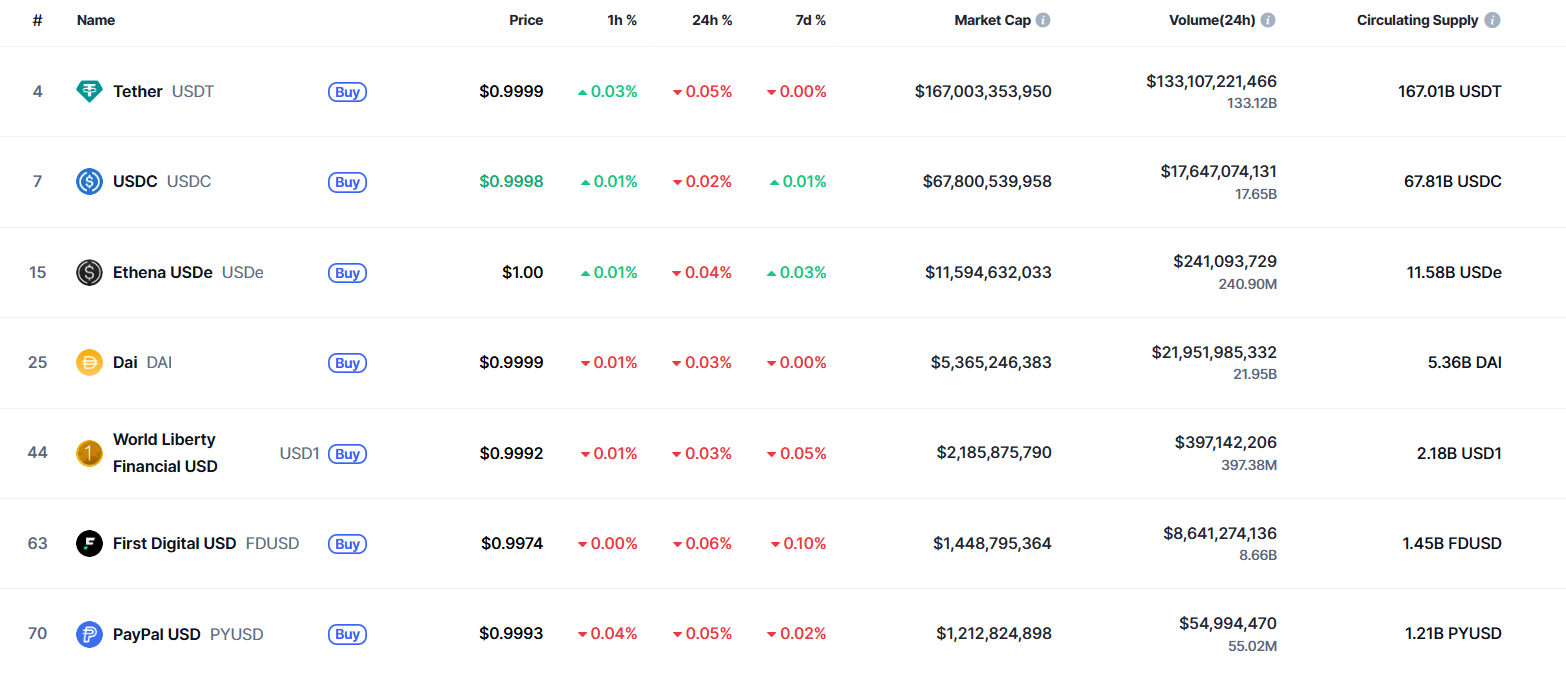TLDR
- China is considering allowing yuan-backed stablecoins for the first time to boost global currency usage
- The State Council will review and possibly approve a roadmap for yuan internationalization later this month
- This represents a major shift from China’s 2021 ban on cryptocurrency trading and mining
- Hong Kong and Shanghai will fast-track local implementation of the stablecoin plan
- China may discuss expanding yuan use at the Shanghai Cooperation Organisation Summit in Tianjin
China is reportedly planning to allow yuan-backed stablecoins for the first time as part of efforts to expand global use of its currency. Sources familiar with the matter told Reuters that the State Council will review a roadmap for yuan internationalization later this month.
The plan would mark a major reversal of China’s stance on digital assets. The country banned cryptocurrency trading and mining in 2021 over concerns about financial system stability.
China’s leadership is expected to meet by the end of August to focus on yuan internationalization and stablecoins. Senior leaders will likely set boundaries for stablecoin development and business applications during this session.
The move comes as China seeks to challenge US dollar dominance in global payments. Dollar-backed stablecoins currently account for over 99% of the global stablecoin supply according to the Bank for International Settlements.
China’s yuan holds just 2.88% of global payment currency share as of June, its lowest level in two years. The US dollar commands 47.19% market share according to SWIFT payment platform data.
Regulatory Framework Development
Chinese regulators including the People’s Bank of China will be assigned implementation duties for the stablecoin plan. Details are expected to be unveiled in coming weeks according to the sources.
The plan will include targets for Chinese currency usage in global markets. It will also outline responsibilities for domestic regulators and guidelines for risk prevention.
Hong Kong’s stablecoin ordinance took effect on August 1, positioning the territory as one of the first markets to regulate fiat-backed stablecoin issuers. A PBOC advisor recently said an offshore yuan stablecoin in Hong Kong is “a possibility.”
Shanghai is establishing an international operation center for the digital yuan. Both Hong Kong and Shanghai will fast-track local implementation of the stablecoin plan according to sources.
Global Context and Timeline
President Trump backed stablecoins days after his January inauguration and is establishing a regulatory framework for dollar-pegged cryptocurrencies. Other Asian countries are also developing stablecoin initiatives with South Korea pledging to allow won-based stablecoins.

The global stablecoin market currently stands at $247 billion according to CoinGecko data. Standard Chartered Bank estimates it could reach $2 trillion by 2028.
China plans to discuss expanding yuan use for cross-border trade and payments at the Shanghai Cooperation Organisation Summit. The summit will be held August 31 to September 1 in Tianjin.
Chinese exporters are increasingly using dollar-backed stablecoins for transactions. Beijing views financial innovation including stablecoins as a promising tool for yuan internationalization.
Capital controls remain a key challenge for China’s stablecoin development. The country maintains strict restrictions on capital flows across its borders with limited connect schemes for offshore markets like Hong Kong.



